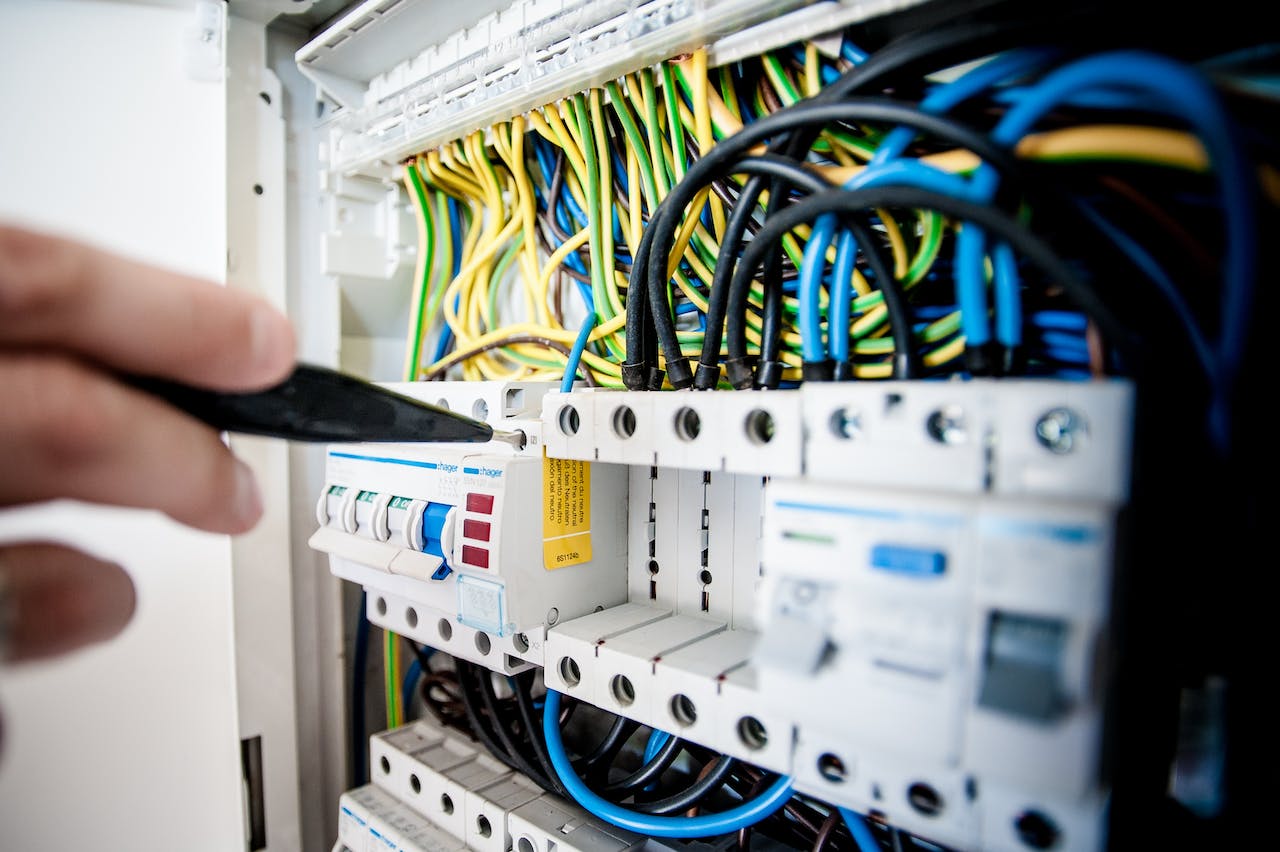Last update at :2024-06-19,Edit by888u
Since the beginning of organizing and sharing VPS tutorials, Snail has had a negative attitude towards whether VPS uses a management panel. Because after purchasing a VPS, we hope to maximize its utilization. After all, the panel still occupies a certain amount of memory. But if the panel occupies a small amount of memory, or we are not familiar with the installation package or SSH commands when building the website, we can only use the panel first, and the visual panel management is very convenient. In the past, we used foreign panels, such as kloxo, etc., which were not very convenient in terms of operating habits. Moreover, many teams in mainland China have developed management panels that are now relatively complete. After Snail's screening and the Q group's investigation, there are three panels that are commonly used by everyone, namely AMH, WDCP, and LuManager.
Snail has not checked whether the official has compiled detailed usage tutorials. In the near future, I will familiarize myself with the practical use of these three panels. Let’s start by sharing the AHM panel. The rankings here are in no particular order. We will share them in order, using the same VPS, and focusing on each data of the usage process. Finally, everyone will choose a management panel that is most suitable for their own interface and operation.
AMH management panel installation tutorial:
The first step is to install the system via SSH
My system is installed with CentOS 5 32bit xen 256M memory. Log in to SSH and then use the following one-click script to install version 4.2. Currently, 4.2 is the latest.
wget http://amh.sh/file/AMH/4.2/amh.sh && chmod 775 amh.sh && ./amh.sh 2>&1 | tee amh.log
I have also had contact with the AMH management panel. I feel that the official upgrade frequency is relatively high. Users definitely need to pursue the latest version, but frequent upgrades feel a bit uncomfortable.
The second step is to select the option we need to install-1
Enter 1 and press Enter, we will be prompted for the IP of our VPS, because my VPS has 2 IPs, you can also see it. Then we need to enter the MYSQL password.
After pressing Enter, we need to enter the login password of the AMH management panel. After continuing to press Enter, it will be installed automatically.
The third step, all we need to do is wait, which will wait for the installation time according to the speed of our VPS host. It usually takes 10-20 minutes to complete.
Seeing the above interface indicates that it has been completed. We can use IP:8888 to log in to our own panel account backend.
Having a brief look at the background interface, it is quite refreshing. However, the navigation is in English, which may be a bit confusing to some friends, but it’s actually the same, it’s not complicated at all. On the right, we can see that my 256M memory VPS takes up 88M. not bad.
This is a brief introduction to the AMH panel. Later I will share with you how to use it and install a regular CMS site. It should be noted that when I first installed it, I used a free VPS with 1G memory solution. The speed in the computer room was not very good. Later, I switched to the current machine in Los Angeles, which has better speed. The test machine has 256M of memory. Don’t think it’s a fake tutorial when your friends see that the IP information of the front machine is different from that of the back machine. The tutorial is complete.
Recommended site searches: foreign host shopping guide, vps foreign server, Hengchuang host, registration-free virtual host, domain name error correction system, com domain name price, Taiwan server, Foshan high-defense server, domain name registration information query, cn domain name registration,








发表评论